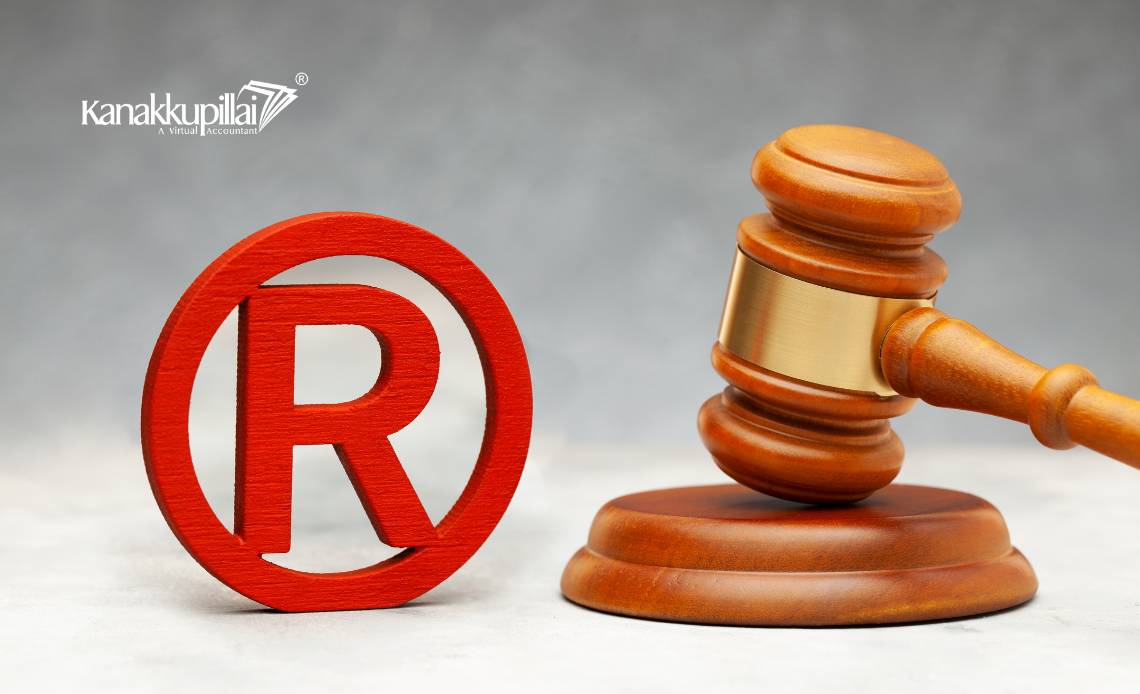If another person is using your trademark, it can mislead consumers, affect your sales, and dilute the reputation of your brand. Proper handling of trademark infringement is necessary to protect your business and maintain brand integrity. Protect your trademark to stop competitors or infringers from gaining financially from your years of effort to establish brand presence.
If you find that someone is misusing your trademark, there are enforcement measures and legal remedies available. From issuing a cease-and-desist letter to filing a trademark infringement lawsuit, there are several options for protecting your brand.
This blog offers a guide on what to do if someone uses your trademark wrongfully, how to identify infringement, file a lawsuit, and prevent future misuse.
Introduction
A trademark is an exclusive symbol, word, phrase, or design that makes a brand’s product or service stand apart from others. The moment a trademark is registered under the Trademarks Act of 1999, the owner obtains sole rights to use it in the registered class. Nevertheless, trademark infringement is prevalent, wherein unauthorized entities make use of a similar or identical mark for their own good.
If someone is using your trademark, it can confuse consumers, impact your sales, and weaken the credibility of your brand. Managing trademark infringement correctly is essential to safeguarding your business and upholding brand integrity.
Steps to Take If Someone Uses Your Trademark
Step 1. Identify Trademark Infringement
Before taking any legal action, it must be established whether or not the use of your trademark violates the law. Trademark infringement happens when-
- Third parties apply a similar or identical mark in a way that is apt to confuse the public.
- The unauthorized use is for comparable goods or services as those under your trademark registration.
- Use of the mark is causing damage to your brand reputation or economic loss.
Kinds of Trademark Infringement
- Direct Infringement – When a person uses an identical or confusingly similar mark for the same category of goods or services.
- Indirect Infringement – When a third party (like a distributor or retailer) facilitates misuse of a trademark.
If you come across the use of your trademark, take evidence of infringement, e.g., screenshots, sample products, or advertisements, prior to moving to the following step.
Step 2. Issue a Cease-and-Desist Notice
The first step in law regarding the solution for trademark infringement is to send a cease-and-desist notice to the infringer. The notice formally informs them that they are illegally infringing your trademark and asks them to stop immediately.
Key Components of a Cease-and-Desist Notice
- Details of the Registered Trademark – State the trademark registration number, class, and ownership information.
- Explanation of the Infringement – Explain how the unauthorized use is infringing trademark rights.
- Legal Consequences – Threaten the infringer with legal action if they do not comply.
- Deadline for Compliance – Provide the infringer with a time limit (typically 7-14 days) to desist from using the mark.
In the majority of instances, companies discontinue use of the infringing trademark after being sent a legal notice to prevent further controversy. But if the infringer fails to do so, additional legal action is needed.
Step 3. Trademark Infringement Lawsuit
If the infringing party does not desist from using your trademark, you can initiate a trademark infringement lawsuit under the Trademarks Act of 1999. Through this legal procedure, you can get an order from the court to desist from the infringement and seek damages.
Where to File a Lawsuit?
Cases of trademark infringement in India are filed in Commercial Courts for civil suits or the High Courts that have jurisdiction over intellectual property cases.
Legal Remedies Available
- Injunction Order – The court can prevent the infringer from utilizing your trademark at once.
- Damages and Compensation – You can recover monetary damages for losses incurred due to the infringement.
- Seizure of Infringing Goods – Authorities can confiscate infringing or counterfeit goods from the market.
Taking legal action ensures that your brand is protected and serves as an example to deter future violations.
Step 4. Complaints on Online Platforms
If your trademark is illegally being used on e commerce websites, social media sites, or domain names, you can make a complaint with the concerned platform.
Steps to Report Online Trademark Infringement
- E-commerce Websites (Amazon, Flipkart, etc.) – Make a complaint under the IP protection program of the platform.
- Social Media Platforms (Facebook, Instagram, YouTube, etc.) – Utilize their trademark infringement reporting tools to remove unauthorized material.
- Domain Name Dispute Resolution – When someone registers a domain name that is identical to your trademark, report the same under ICANN’s UDRP policy.
Step 5. Prevent Future Trademark Infringement
To protect your brand in the long term, be proactive in preventing trademark infringement.
- Keep a check on Your Trademark Periodically – Regularly search trademark registries, online stores, and social media to identify abuse.
- Register Your Trademark in Several Classes – If your company deals with various industries, get your trademark registered for several classes under the Trademarks Act to avoid partial infringement.
- Use the ® Symbol – After your trademark has been registered, consistently use the ® symbol to warn others that it is legally protected.
- Set Up Trademark Watch Services – Most legal firms and online platforms provide automated monitoring services to monitor possible infringement cases.
- Take Quick Legal Action – Should you spot unauthorized use, deal with the issue straight away through cease-and-desist letters or legal actions.
By being proactive, companies are able to safeguard their brand identity and avoid losses of money through trademark abuse.
Conclusion
A trademark is a valuable asset of a business, and unauthorized use can cause tremendous damage to the reputation and bottom line of a brand. In case someone is abusing your trademark, it is necessary to act quickly and exercise the proper legal steps to maintain your rights.
From a cease-and-desist letter to a lawsuit for trademark infringement, there are a number of legal remedies available that you can utilize to safeguard your brand. And, while companies continue to be mindful of policing their trademarks, registering properly, and pursuing infringers in an effort to discourage future misuse.
By understanding the trademark protection laws and enforcing your rights, you can maintain your brand integrity, ensure customer trust, and prevent competitors from benefiting from your years of building a reputation.
Related Service
References
The Trade Marks Act, 1999 (Act No. 47 of 1999)
https://www.ipindia.gov.in/trade-marks.htm
https://ipindiaonline.gov.in/





